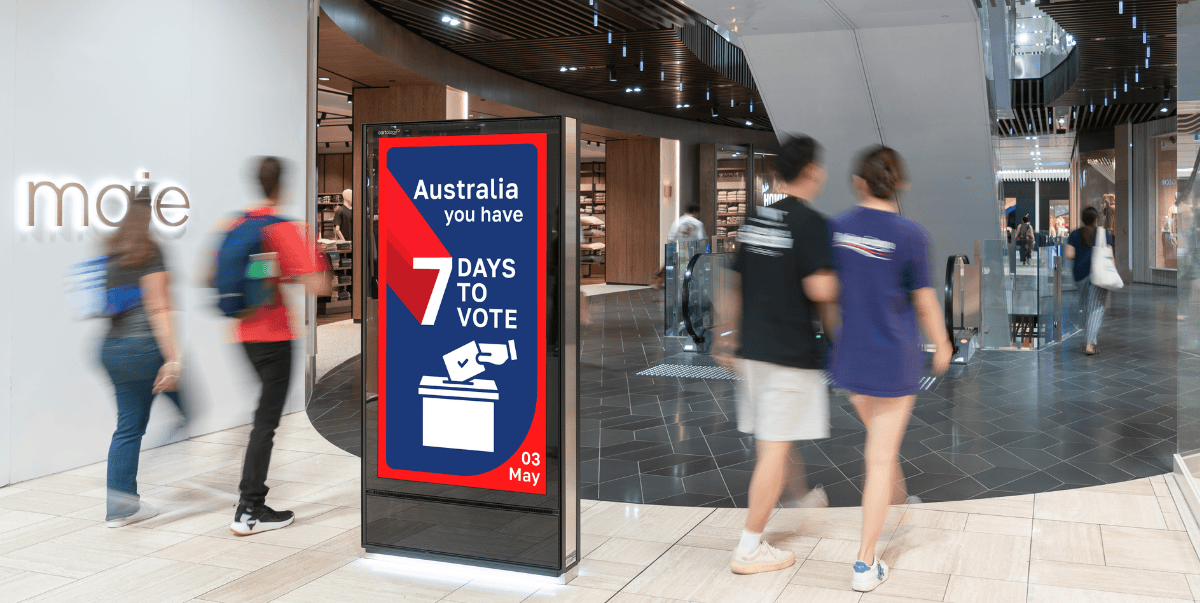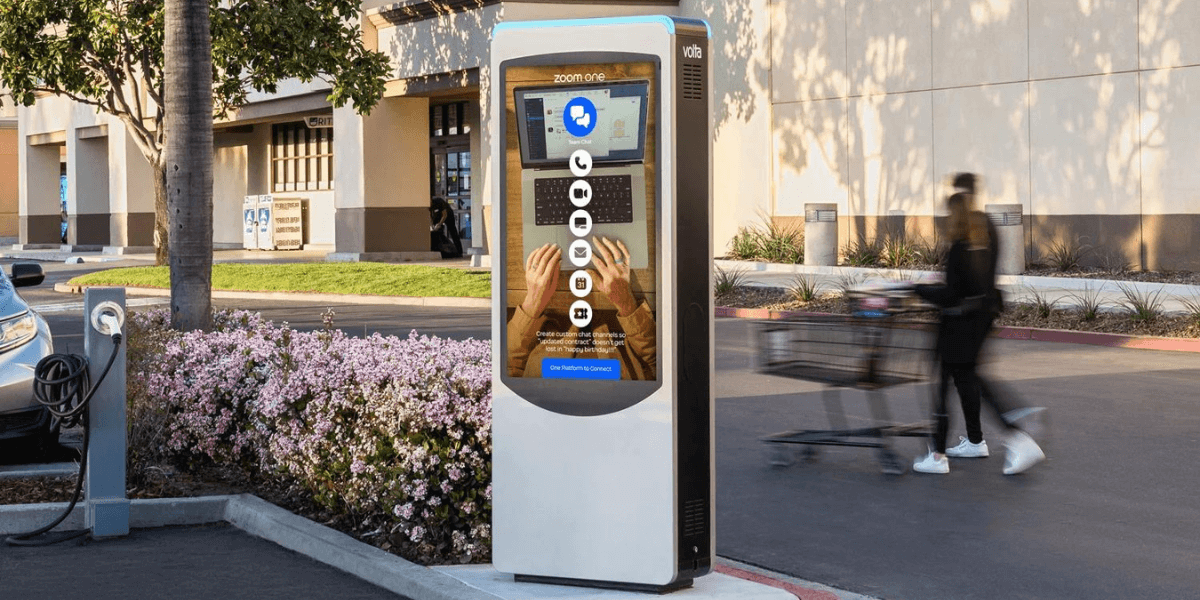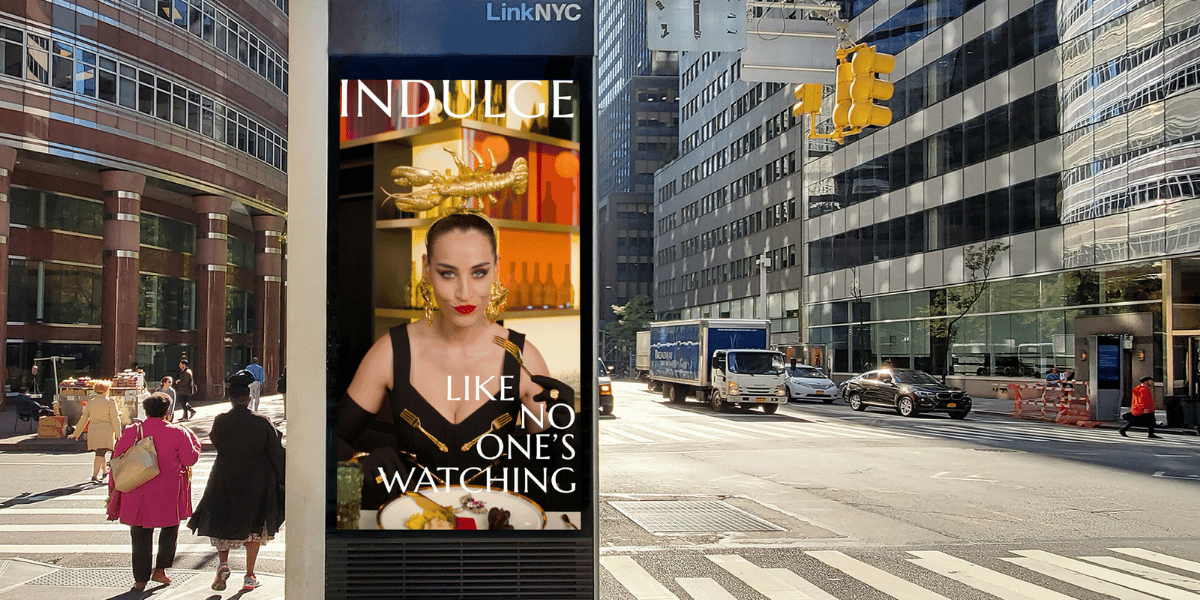
As Australia heads into another election cycle, political campaigns are ramping up their messaging to reach and persuade voters. In a media landscape dominated by social platforms, misinformation concerns and digital ad saturation, one medium continues to stand out as a trusted and effective channel: out-of-home (OOH) advertising.
The evolution of political advertising in Australia
Election campaigns have long relied on TV, radio and print media to get their messages out. However, with the rise of digital platforms, political advertising has shifted toward online channels, particularly social media. While digital advertising offers precision targeting, it also comes with challenges: ad clutter, concerns over fake news and the volatility of online discourse.
The decision by Meta to end third-party fact-checking on Facebook and Instagram has intensified concerns about the spread of misinformation online. Without reliable moderation, voters are left to navigate a flood of unverified claims—making it harder to discern fact from fiction. In this landscape, OOH advertising stands out as a trusted channel for delivering credible, high-impact messaging that reaches the electorate with clarity and confidence.
Political ad spending is also on the rise. The Albanese government increased its advertising spend to $174 million in the 2023-24 financial year, marking a one-third increase from the previous year. This surge underscores how political campaigns are investing more heavily in advertising to shape public perception. This trend isn’t isolated—the Queensland Labour government also spent a record-breaking $50.7 million on advertising in the financial year leading up to the state election, demonstrating the critical role media plays in political messaging. Looking ahead, political ad spend for the 2025 federal election is projected to reach $200 million between January and early May, surpassing the $165 million spent in 2022. This anticipated increase highlights the escalating competition for voter attention, making it more crucial than ever for campaigns to invest in high-impact, trusted channels like OOH.
The power of OOH in shaping election outcomes
A brand-safe, trusted medium
OOH advertising provides a controlled and brand-safe environment, where every political message is vetted and approved by the media owner before it goes live. With strict restrictions in place, OOH ensures ads appear in appropriate contexts—eliminating risks of misinformation, inappropriate content adjacency or algorithm-driven biases. Unlike TV or digital mediums, where ads may appear next to misleading or harmful content, OOH offers a trusted platform that commands attention in public spaces.
Cutting through the noise
In a world of constant digital distractions, many Australians are tuning out online ads—scrolling past, skipping or simply ignoring them. OOH advertising cuts through this fatigue, delivering messages that can’t be missed. Big, bold formats—including large-format billboards, transit ads and street furniture signage—command attention in the real world, meeting voters where they are. These high-impact placements offer consistent, unavoidable visibility, ensuring political messages stay top of mind and resonate long after the first glance.
Engagement without disruption
Unlike intrusive pop-up digital ads or skippable video content, OOH doesn’t disrupt or demand attention—it earns it. By integrating naturally into public spaces, OOH delivers key messaging in a way that feels organic and unobtrusive. This approach builds familiarity and trust over time, ensuring political campaigns connect with voters in a meaningful way.
The strengths of digital in the physical world
OOH has evolved, with digital advancements enhancing its impact and flexibility. Digital out-of-home (DOOH) builds on the trusted foundation of traditional OOH, adding the agility and precision of digital media to enable:
- Real-time messaging: Marketers can adjust creative assets instantly to reflect new policies, respond to opponents or highlight breaking news.
- Geo-targeting: DOOH allows political parties to tailor messaging to specific electorates, ensuring relevance to local voters.
- Data-driven insights: Advanced measurement tools enable campaigns to track audience engagement and optimise messaging based on effectiveness.
Strategies for success
In an election landscape shaped by information overload, OOH offers political marketers a powerful way to deliver clear, credible and impactful messages. From promoting verified information to encouraging civic engagement, here’s how campaigns can leverage OOH to drive meaningful connections with voters.
- Amplify verified messages: Campaigns, advocacy groups and electoral commissions can use OOH to promote official election dates, voting information and fact-based policy positions.
- Reinforce civic engagement: Encourage voter participation through high-visibility campaigns that lead to increased turnout and more informed consumer decision-making.
- Provide clarity in an era of confusion: OOH ads linked to authoritative sources like the Australian Electoral Commission (AEC) can guide voters toward accurate information and build trust.
Integrating OOH with digital for a multi-channel strategy
While OOH stands strong on its own, it becomes even more powerful when integrated with a campaign’s omnichannel media mix. Smart campaigns use OOH to establish credibility and reinforce their core messages, then amplify those messages online through retargeting and social media engagement.
As the 2025 Australian election approaches, political advertisers should recognise the enduring power of OOH. In a time when trust in media is increasingly questioned, OOH remains a reliable, high-impact and safe choice for political messaging—one that can cut through the noise and connect with voters where it matters most.
For political campaigns looking to make an impact this election cycle, OOH advertising isn’t just an option—it’s a necessity.

